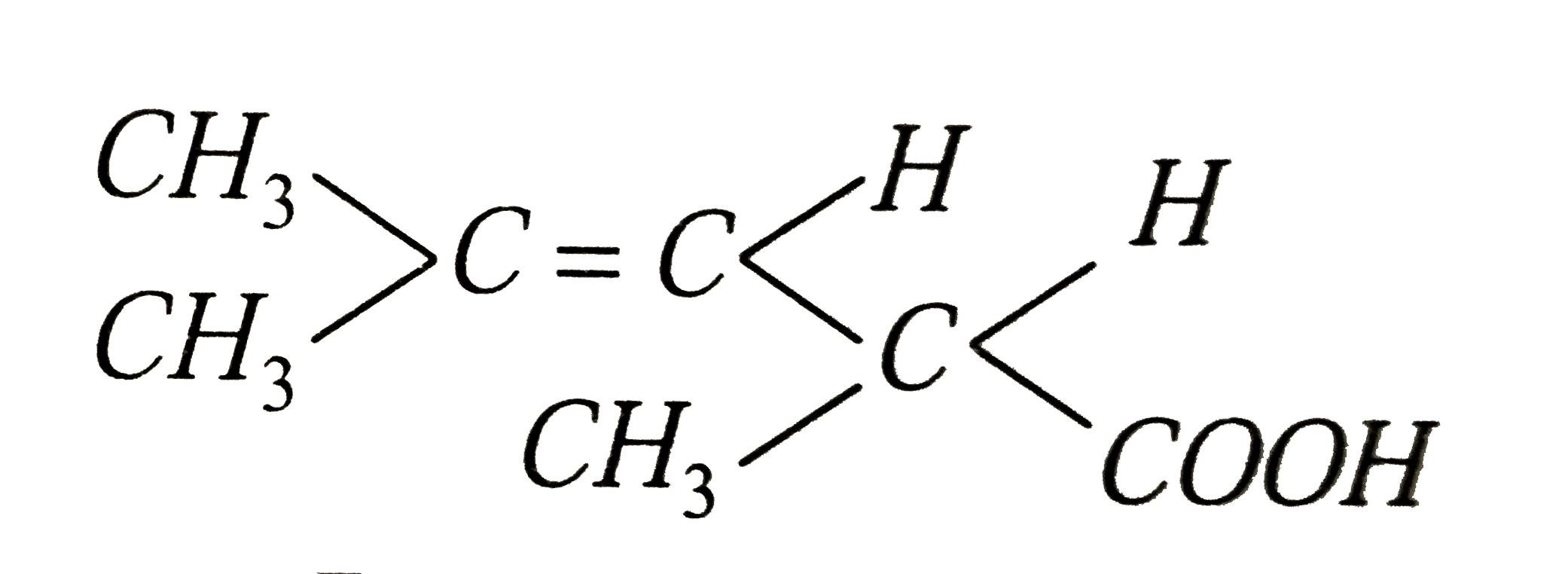Which of the following compounds cannot exhibit metamer-ism?
Ether
Carboxylic acid
Ester
ketone
The correct Answer is:B
To determine which of the given compounds cannot exhibit metamerism, we need to understand the concept of metamerism and the conditions required for it to occur.
1. Understanding Metamerism:
Metamerism is a type of isomerism that occurs in compounds with the same molecular formula but different structural arrangements of atoms, particularly due to the presence of a bivalent or polyvalent functional group.
2. Identifying the Necessary Condition:
For metamerism to occur, the compound must have a bivalent (or polyvalent) group. This means that the compound must have at least two functional groups that can be varied while keeping the rest of the structure the same.
3. Analyzing the Given Compounds:
- Option A: Alkyl amine (R-NH-R') - This compound has a bivalent nitrogen atom, allowing for metamerism.
- Option B: Ether (R-O-R') - This compound also has a bivalent oxygen atom, allowing for metamerism.
- Option C: Carboxylic acid (RCOOH) - This compound is monovalent because the carboxylic acid group (-COOH) does not allow for variation on both sides of the functional group. Therefore, it cannot exhibit metamerism.
- Option D: Ketone (RCO-R') - This compound has a bivalent carbonyl group, allowing for metamerism.
4. Conclusion:
Based on the analysis, the compound that cannot exhibit metamerism is Option C: Carboxylic acid (RCOOH), as it is a monovalent compound.
Final Answer:
Carboxylic acid (RCOOH) cannot exhibit metamerism.
---
Metamerism is a type of isomerism that occurs in compounds with the same molecular formula but different structural arrangements of atoms, particularly due to the presence of a bivalent or polyvalent functional group.
For metamerism to occur, the compound must have a bivalent (or polyvalent) group. This means that the compound must have at least two functional groups that can be varied while keeping the rest of the structure the same.
- Option A: Alkyl amine (R-NH-R') - This compound has a bivalent nitrogen atom, allowing for metamerism.
- Option B: Ether (R-O-R') - This compound also has a bivalent oxygen atom, allowing for metamerism.
- Option C: Carboxylic acid (RCOOH) - This compound is monovalent because the carboxylic acid group (-COOH) does not allow for variation on both sides of the functional group. Therefore, it cannot exhibit metamerism.
- Option D: Ketone (RCO-R') - This compound has a bivalent carbonyl group, allowing for metamerism.
Based on the analysis, the compound that cannot exhibit metamerism is Option C: Carboxylic acid (RCOOH), as it is a monovalent compound.
Carboxylic acid (RCOOH) cannot exhibit metamerism.
Topper's Solved these Questions
- ISOMERISMBOOK - R SHARMACHAPTER - ISOMERISMEXERCISE - Question Bank
39 Videos
- ISOMERISMBOOK - R SHARMACHAPTER - ISOMERISMEXERCISE - Archives
11 Videos
- ISOMERISMBOOK - R SHARMACHAPTER - ISOMERISMEXERCISE - Follow-up Test 3
14 Videos
- GENERAL ORGANIC CHEMISTRYBOOK - R SHARMACHAPTER - GENERAL ORGANIC CHEMISTRYEXERCISE - Archives
36 Videos
- NOMENCLATURE OF ORGANIC COMPOUNDSBOOK - R SHARMACHAPTER - NOMENCLATURE OF ORGANIC COMPOUNDSEXERCISE - Archives
44 Videos
Similar Questions
Knowledge Check
Which of the following compounds can exhibit tautomerism
A B
B C
C DCH3−CH2−CH3
DCH3−CH2−CH3Which of the following compounds can exhibit tautomerism
A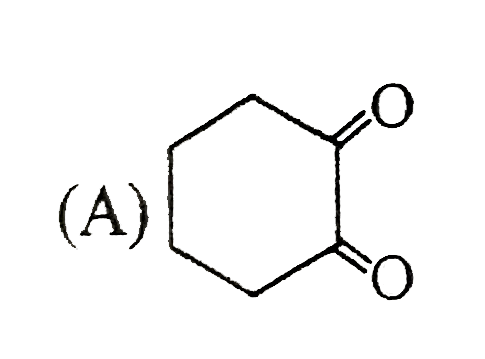 B
B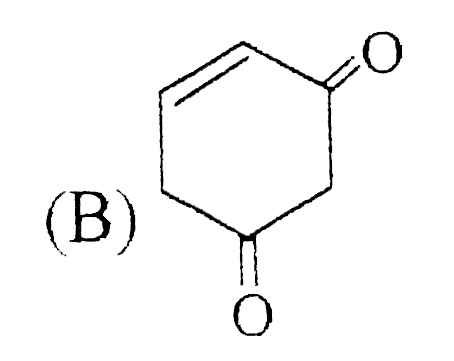 C
C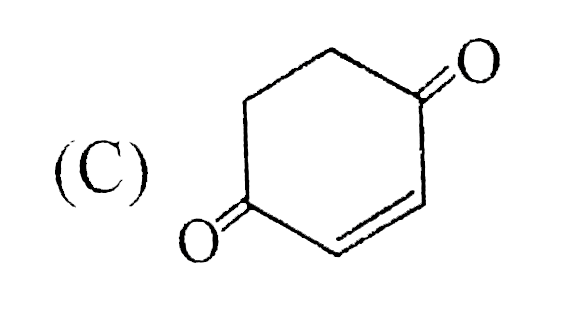 D
D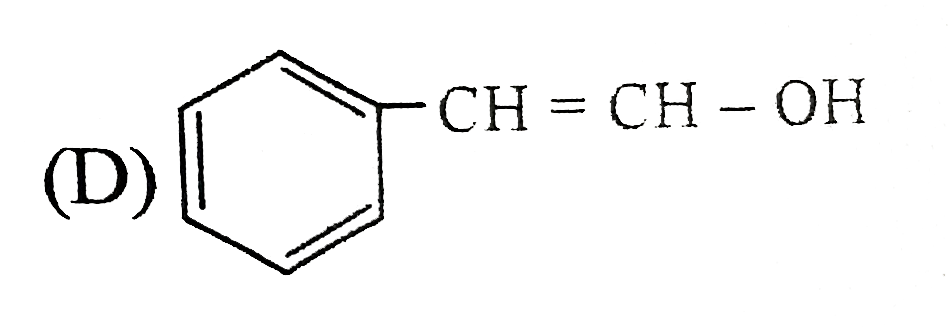
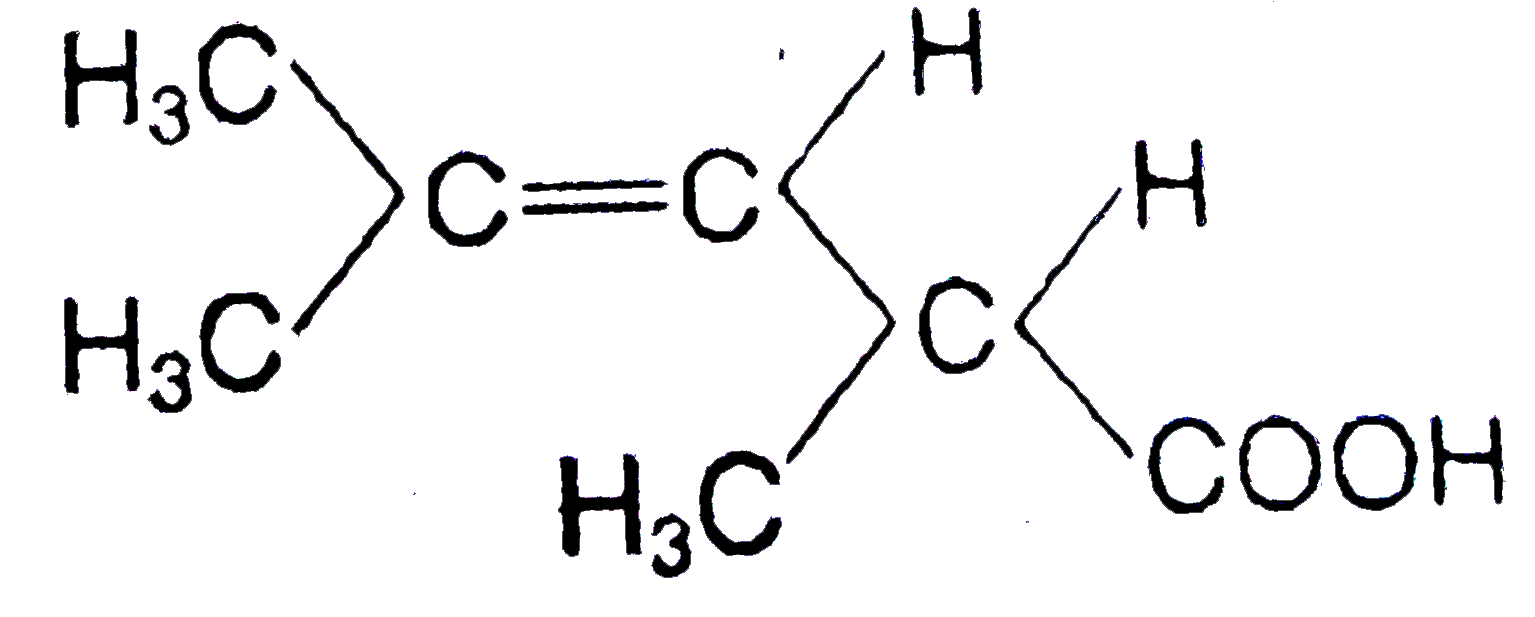
The following compound can exhibitsAtautomerismBoptical isomerismCgeometrical isomerismDgeometrical and optical isomerism
Which of the following compound can exhibit enantiomerism ?
View SolutionWhich of the following compound can exhibit tautomerism ?
View SolutionThe following compound can exhibit
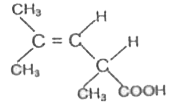
View SolutionWhich of the following compounds can exhibit optical isomerism ?
View SolutionWhich of the following compounds can exhibit geometrical isomerism?
View Solution

